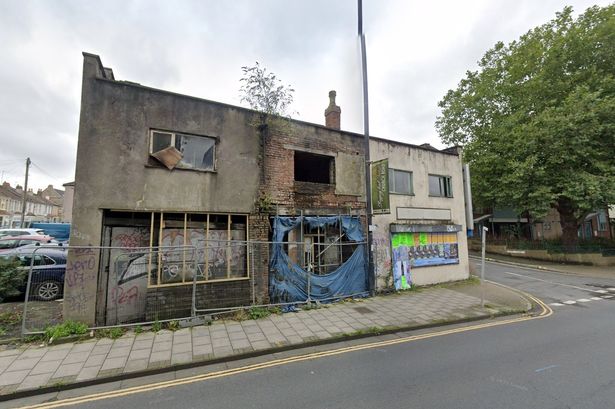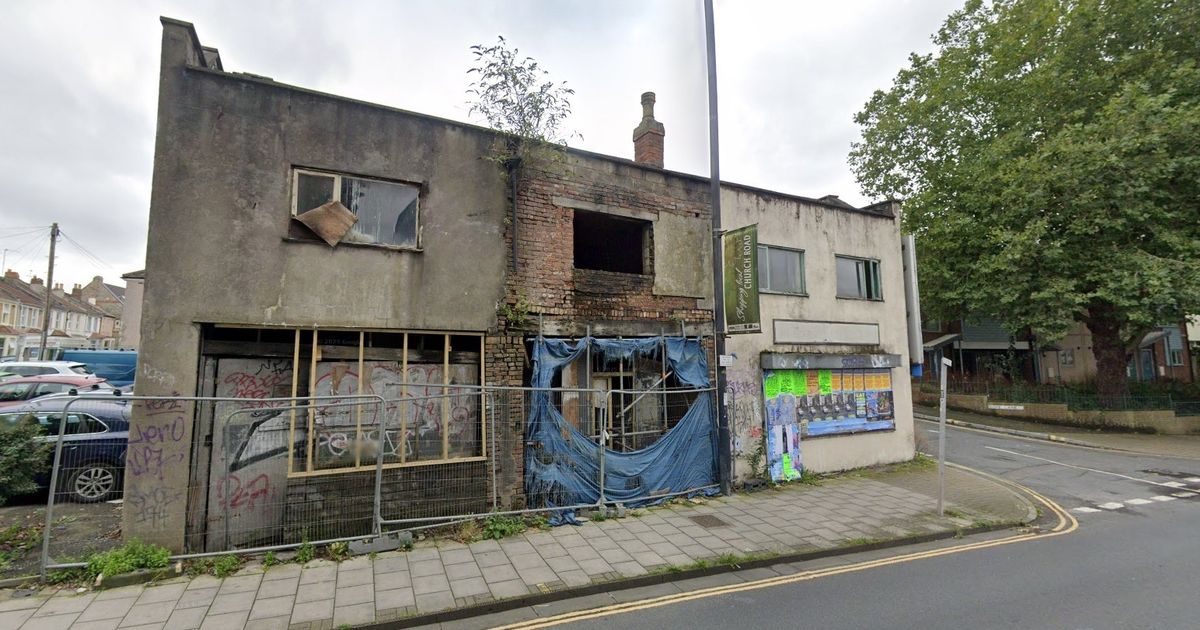This week’s list of notable planning applications made to the city council The derelict buildings on Church Road(Image: Google)
The derelict buildings on Church Road(Image: Google)
Derelict buildings could soon be replaced with new homes according to new plans recently submitted. Each week Bristol City Council receives dozens of planning applications seeking permission for a whole range of developments.
Over the past seven days, those applications also included converting a care home into two shared houses and expanding a solar farm. Here’s this week’s round-up of notable planning applications submitted to the council.
Every week dozens are validated by the local authority and we have selected some of the more interesting proposals. All planning applications submitted to the council have to be validated and are available for inspection by the public. Anyone is also allowed to submit comments about the applications — whether in support or objection.
The majority of applications are decided by planning officers at the council under delegated powers. However, some will go before elected councillors who sit on planning committees. No dates have been set for when the planning applications below will be determined. They can be viewed by going to the planning portal on Bristol City Council’s website.
Replacing derelict buildings with homes
Derelict buildings on Church Road in Redfield could soon be demolished and replaced with nine new homes. Developers are applying for planning permission to build six flats and three terraced houses, on the corner with Dove Lane. According to planning documents, the site has been vacant since 2000, and was previously used as a car spares shop with flats above.
The buildings were first constructed in the middle of the 19th century, and was originally a pub called the Dove Inn, which closed in the late 1960s. The flats would be built in a three-storey building, and the houses would lie along Dove Lane. No parking spaces would be provided, given the bus routes along Church Road and proximity to the city centre for walking or cycling.
Four of the flats would have one bedroom each, and the other two flats and the three houses would each have two bedrooms. Because the council’s planning department has been put in special measures due to a long backlog of applications, the developers were able to apply directly to the government’s Planning Inspectorate for permission.
Converting care home into two shared houses
A large care home in Fishponds could soon be converted into two giant shared houses. Chasefield House, on Fishponds Road, was a 15-bedroom care home that has been empty since 2020. Developers are hoping to get permission to create two houses in multiple occupation, one with nine bedrooms and another with 10 bedrooms.
The building is a large Victorian villa. There would be spaces for 20 bicycles and two parked cars. A communal bin store would be created along the front boundary wall. The applicant, Creative Independent Living, owns and operates several housing projects for vulnerable people in Bristol, and Chasefield House could be used for this purpose too, if permission is granted.
Chasefield House closed as a care home five years ago, and used to provide care for people with learning difficulties and autism. The Care Quality Commission gave a negative inspection in 2019, requiring improvement in safety. Risks included scalding from hot water and uncovered radiators. Planning agents said reopening the building as a care home would be unfeasible.
Expanding a solar farm
A solar farm in Avonmouth could soon be expanded. Ameresco, an American company, is asking if an environmental impact assessment is needed before they apply for planning permission. The energy firm has done a huge deal with the council, worth hundreds of millions of pounds, to switch the city’s electricity use away from fossil fuels and towards renewables.
As part of this switch, Ameresco is planning to ramp up how much renewable energy is generated in Bristol, recently revealing plans for another solar farm on fields near Hartcliffe. This solar farm on Avonmouth is on Severn Road, and already has an array of solar panels and two wind turbines. The rest of the 13-hectare site is scrubland, surrounded by an industrial estate.
Planning documents say the solar farm would have a capacity of 4.7 megawatts. Ecological surveys will check if any bats, dormice, otters, water voles, breeding birds or reptiles are living on the site, before any construction begins. There is “some potential” of protected species there.
